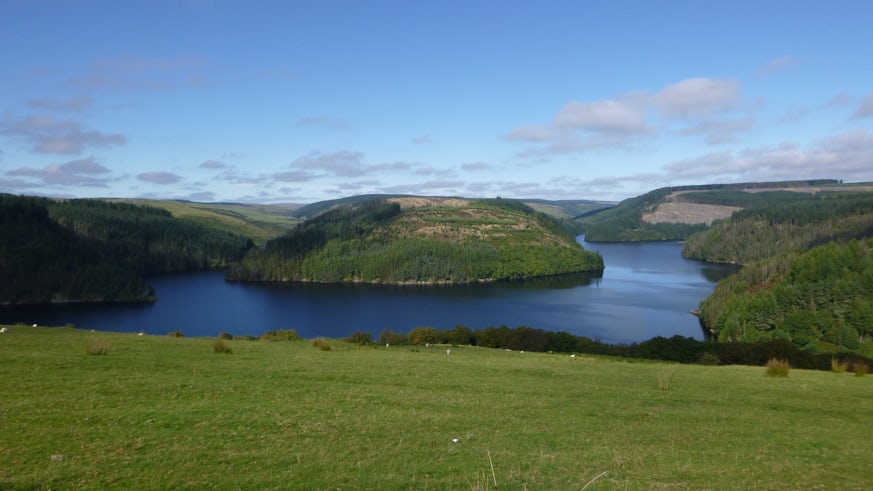Llyn Brianne Added To ECT Network
9 June 2022

This article, first published by the British Ecological Society in the summer 2022 edition of 'The Niche' magazine, announces the addition of Llyn Brianne Observatory to the Ecological Continuity Trust’s network. The article is co-authored by lead researchers Steve Ormerod and Isabelle Durance from the Water Research Institute at Cardiff University and Ben Sykes, executive director of the ECT.
The ECT’s national register of long term, terrestrial experiments has been expanded recently to include freshwater ecosystems with the addition of two globally renowned projects on running waters. The first of these – the Llyn Brianne Stream Observatory – is a catchment-scale investigation located in the Cambrian Mountains of central Wales where data on stream ecosystems have
been collected for over 40 years. This places Llyn Brianne among some of the longest-running stream studies on Earth.
Origins and Composition
The experiment’s story starts with the closure in 1969 of the Llyn Brianne dam in the headwaters of the Afon Tywi. Investigations of sea trout populations that followed raised concerns about recruitment in these low pH headwaters. From 1981 onwards, the predecessors of Natural Resources Wales (NRW), UKCEH and Cardiff University led investigations around Llyn Brianne into the roles of acid rain and land use, particularly non-native conifers, in stream acidification and its ecological consequences. Using a core set of 14 catchments (18-250ha) along an acid-base gradient replicated across sheep-walks, plantation forestry or native deciduous woodlands, the effects of whole-ecosystem experiments including liming, stream acidification and forest management have been compared against nonmanipulated ‘reference’ catchments.
Data collection has focused on full ionic chemistry (weekly-monthly); discharge, stream temperature and air temperature (15-minute intervals); aquatic invertebrates (monthly-annually); and periodic assessments of primary producers and fish populations. Cardiff University has continued to lead the ecological work and NRW has maintained chemical sampling. A wide range of other organisations have used the sites regularly or opportunistically, including Forest Research, National Museum Wales and universities such as Lancaster, Bangor, Imperial College, Birmingham, UCL and QMUL.
Diversification and Impacts
Whilst the initial outputs from Llyn Brianne project helped to influence UK and international policy on acid rain, emphasis has increasingly shifted to appraising factors affecting recovery (see Ormerod & Durance, 2009). The expanding data series has also created opportunities to investigate other global change or earth-system effects on headwaters. Examples include some of the first evidence of climate change effects on stream invertebrates (Durance & Ormerod, 2007), links between the North Atlantic Oscillation and invertebrate community stability (Bradley & Ormerod, 2001) and long term biodiversity dynamics (Larsen et al., 2018). This diversification has continued, and collaborative users of the data from Europe to Brazil are currently investigating influences on beta diversity, community synchrony, invertebrate decline, climate-change adaptation and various aspects of resilience.
This initial 40 years of the Llyn Brianne observatory serves to emphasise, yet again, the undisputed but sometimes unforeseen value of long-term ecological research – and we thank a large array of funders for making it possible. Learn more about Llyn Brianne.